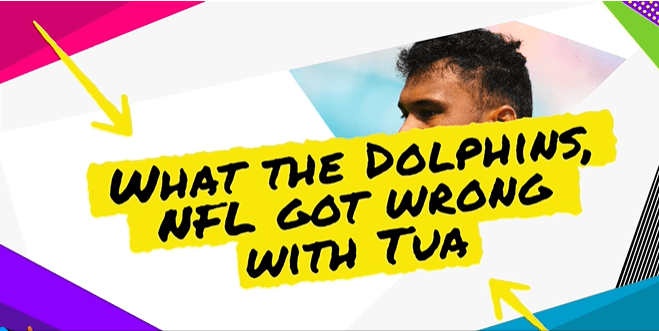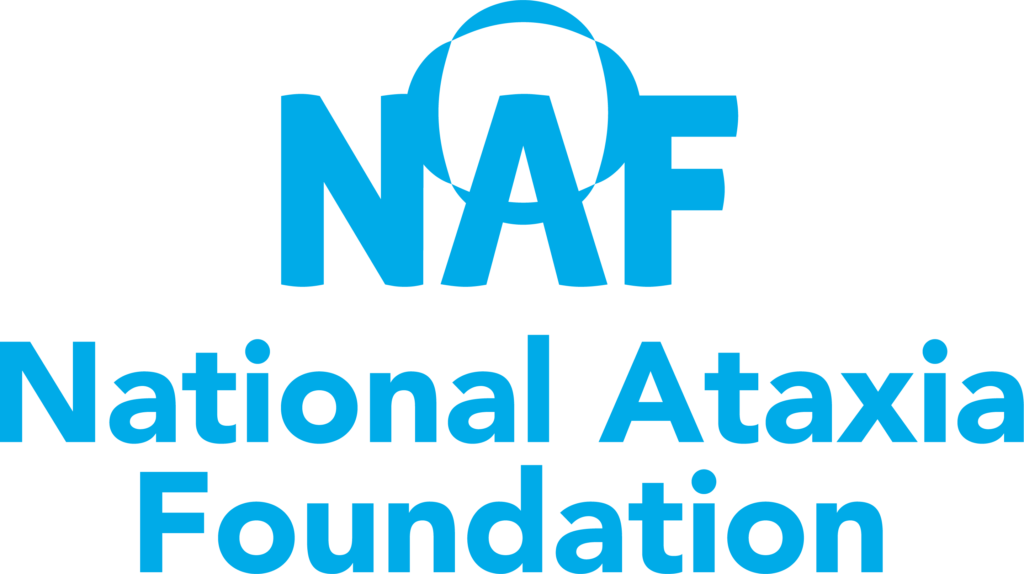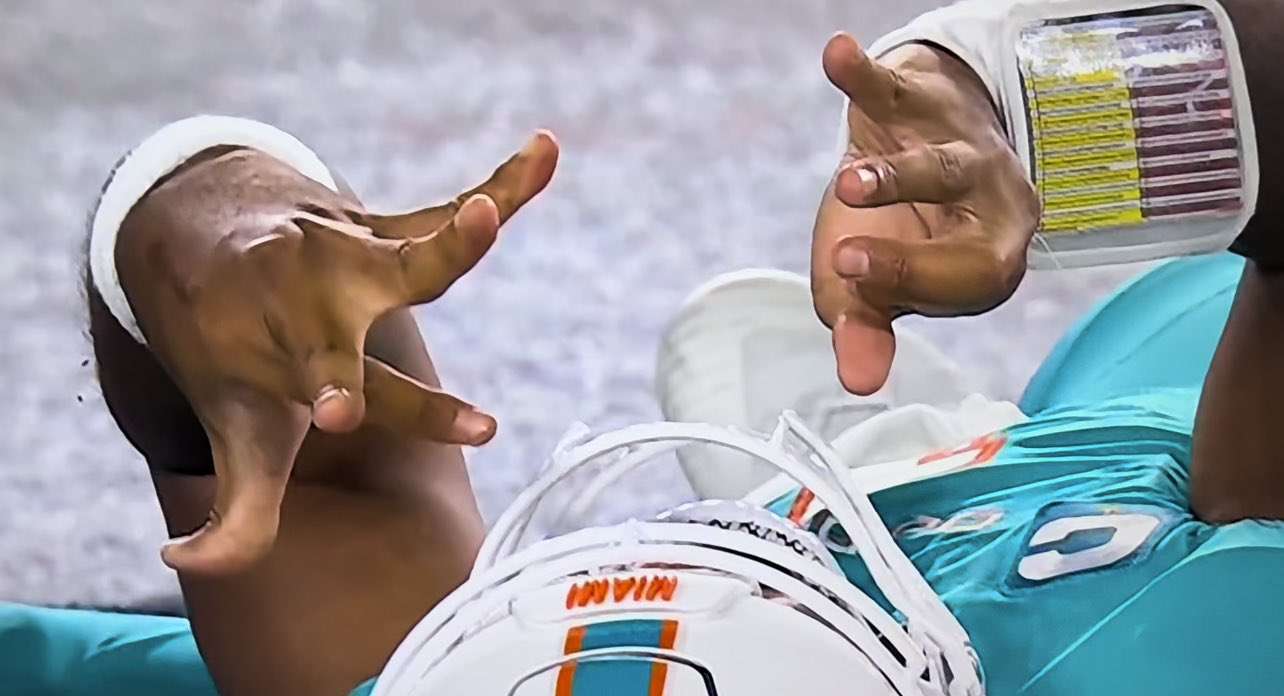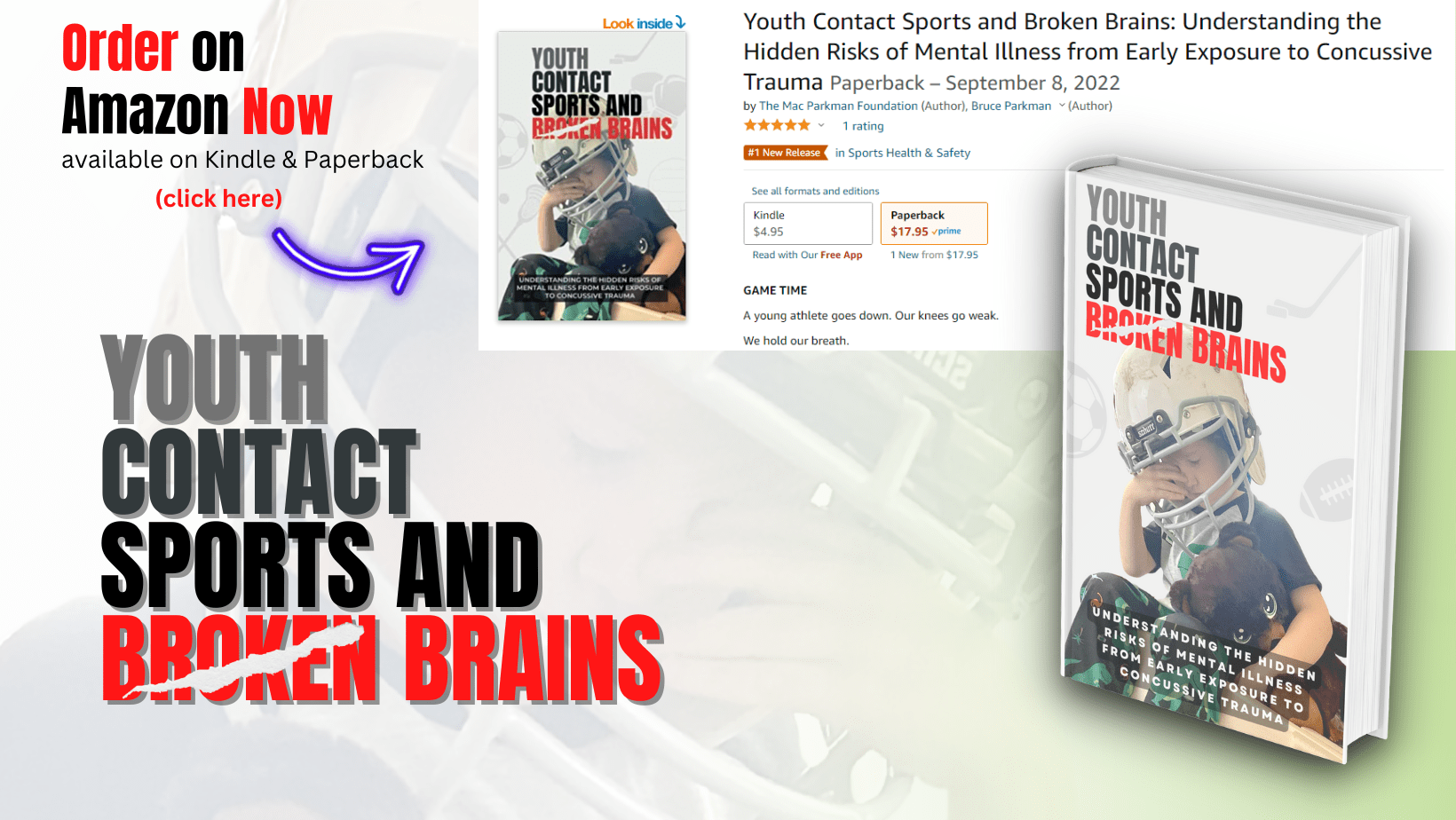After suffering a severe concussive tackle during a nationally televised football game, the NFL was under severe pressure to answer questions as to why Tua Taravailoa was allowed to play two games within 4 days of each other after suffering what appeared to be a concussion. After the incident, discussion was rampant about the dangers of concussive trauma, more than usual given the visually shocking sight of seeing Tua’s “fencing” response to millions of NFL fans and the fervor of the conversation about protecting young athletes and the opinion that the NFL erred motivated the organization to demonstrate change.

To many, the NFL concussion protocols have always been a band aid to demonstrate that the organization takes concussions seriously with a series of mental and physical tests, NFL/NFLPA approved neurologists, and continuous evaluation. Unfortunately, to most Americans the protocols are a sham as most are familiar with concussions as millions of them happen every year and the usual (and ineffective) remedies of 2 weeks of rest and a slow protracted return to play protocol that, in effect keeps athletes from playing within a month, is thrown aside in the haste to get professional athletes on the field.

The NFL and NFLPY recently announced their latest dance to cover up the growing PR problem concerning sacrificing athletes for ratings.
In their review of Taravailoa’s first concussion, they determined that there was no evidence of a concussion in any of the tests the quarterback was given but said that he did suffer a back injury that caused him to stumble and have stability issues after he was hit.
For some reason, the NFL has added the term “ataxia” and “fencing” to the list of symptoms that a NFL player will be evaluated for after an incident in accordance with newly updated protocols. As NPR reports, the NFL and the NFLPA define ataxia as “abnormality of balance/stability, motor coordination or dysfunctional speech caused by a neurological issue.” What is confusing is that until the NFL announcement adopting the term, ataxia had never been associated with concussive or subconcussive trauma at all and there had been not one article or study associating ataxia with contact sports or concussion from contact sports.

In fact, the National Ataxia Foundation (NAF) didn’t even associate the two. So why adopt this rarely used term now?
To get to the bottom of this, we need to dive into the use of the term “Ataxia” as it actually has two meanings. The first, as the NFL uses it and the NAF alludes to this use as well, is to describe a group of symptoms following a concussive event like instability, falls, and slurred speech. However, ataxia is also considered a rare and severe neurological condition that is caused hereditary factors or by external factors that include, according to the Mayo Clinic, “alcohol misuse, stroke, tumor, brain degeneration, multiple sclerosis, certain medications and genetic disorders.”
What is disconcerting is that the symptoms associated with ataxia, outside of dysfunctional speech (hard to believe that wouldn’t be considered a symptom of a concussion), have been part of a concussion protocol. In fact, the 2013 concussion protocols mention “motor coordination/balance problems (stumbles, trips/falls, slow/labored movement). Which is exactly what Tua suffered from when he took his first hit. So why adopt a rarely used term that has had no relevance to the types of trauma that NFL player incur when they incur concussions and not just add “dysfunctional speech”?
Of course, the Ataxia community, not used to any publicity due to the unfortunate rarity of the disease, is enjoying the spotlight. The National Ataxia Foundation now has a press release covering the newfound connection between ataxia and concussed athletes.
But there are some sobering facts in the NAF press release that infer that ataxia is a lot more severe than the simple concussive symptoms the NFL makes it out to be. First, the press release states that this happens in a “severe” concussion and is a sign of “neurological dysfunction”, i.e., a condition that is very serious and in fact should require treatment far more invasive than the questions, pencil and paper tests and simple motor skills tests the NFL requires as part of its protocols. The press release also lists more serious symptoms of ataxia than the NFL does to include compromising fine motor skills, swallowing, produce eye movement irregularities and even, tremors. Hardly the kind of diagnosis that one would associate with an injury that may allow an athlete to return to the field in a week or two. Third, the press release states that the effects of ataxia can impact a person’s ability to perform everyday tasks and that regardless of the causality, professional sports or hereditary genes, an evaluation by a neurologist is required. This means that finding an athlete with ataxia like symptoms indicates an injury that is far more serious than a mTBI as most concussions do not require this type of diagnosis and treatment. Finally, in its description of ataxia, the NAF makes no reference to concussive trauma and states that it is a rare and progressive neurological disease.
Another term adopted by the NFL is the term “Fencing”, which a major concussive hit causes such a shock to the brain that the higher brain functions shut down and the primitive functions of the brain, the brain stem takes over. Again, this term, formally known as Asymmetric Tonic Neck Reflex or ATNR has been used with concussions but not associated with concussive activity with any regularity, other than major and severe concussions with Loss of Consciousness (LOC). Most fencing videos or articles on the internet refer to massive collisions between football players.

Again, the term fencing has major implications for the athlete who is diagnosed with this condition. First, the athlete that demonstrates a fencing response has suffered an impact that has affected his brainstem, which resides deep in the back of the brain. This can only result in massive concussive hits that are much more forceful in ones that meet the concussive threshold of 95 Gs. One study concluded that concussions with a fencing response were of “moderate severity” and definitely more severe injuries than a concussion without one. Additionally, the study stated that concussions with “fencing” or other seizure symptoms have not been studied leaving increasing doubt about how to manage, treat and return to play an athlete that displays fencing. Without a doubt a fencing reaction signifies a serious injury to the brain.
Regardless of the symptom, ataxia or fencing most people would agree that these are serious concussions with significant impacts on a brain, an adult brain.
What does this mean for the developing brain of kids?
We know from research that the mechanical force generated by athletes and the resulting trauma can be replicated in children and teenage athletes. If we can agree that these are serious injuries to the brain, why would we even think of exposing a child’s developing brain to them?
As we know, brain degeneration or as it should be called, brain damage, does not take place from just from concussive hits but from the years of repeated head injury and exposure to subconcussive trauma. While the relatively obscure diagnosis of ataxia and fencing can be attributed to the initial concussive impact, other more well known, better researched and studied neurological and psychological disorders are known to result from brain degeneration i.e., mental illness. Numerous studies outlined in research and funded by The Mac Parkman Foundation and other organizations show the demonstrable and validated links between brain damage and mental illness. In our opinion, the epidemic of mental illness in child, adolescent, and adult athletes regardless of their level of professionalism represents one of the largest threats to the future well-being of our population.
And we will say it again and again, this threat of mental illness and diagnoses like Ataxia and Fencing can be largely avoided through the mitigation of exposing an athlete’s brain, particularly during its formative years to subconcussive and concussive trauma. Until we change our perception of contact sports and understand what we are doing to our children and athletes, severe neurological conditions like Ataxia and the overwhelming pandemic of mental illness attributed to damaged brains will be the nightmare we continue to live with.
Written By Bruce Parkman
Founder of the Mac Parkman Foundation for Adolescent Concussive Trauma and the author of the book “Youth Contact Sports and Broken Brains”. He is also an entrepreneur, Green Beret Sergeant Major (ret.) and semi-professional rugby player.

